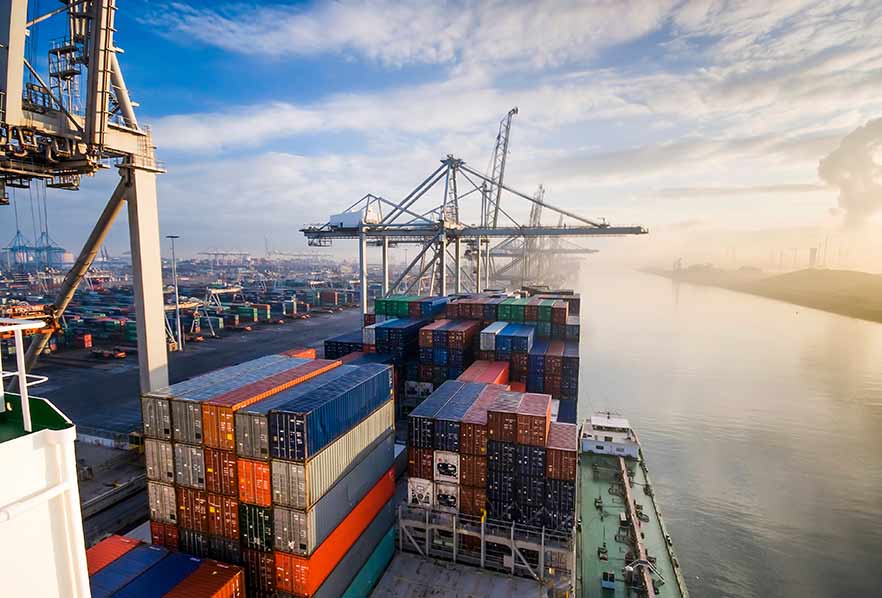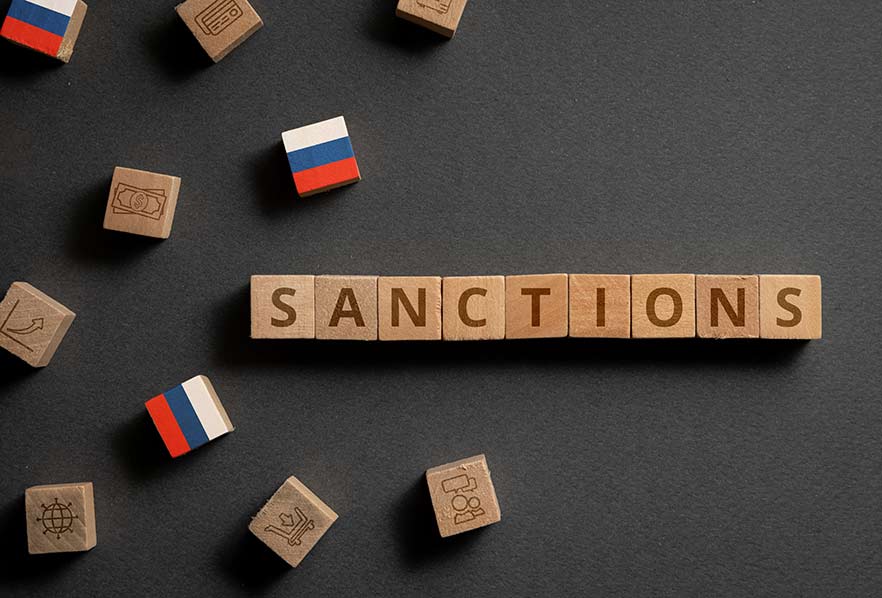Passing Congress with broad bipartisan support and signed into law on December 23, 2021, the Uyghur Forced Labor Prevention Act (UFLPA) continues a trend by Congress to strengthen US laws to fight against forced labor.[1] Specifically, the UFLPA targets goods coming from China’s Xinjiang Uyghur Autonomous Region (XUAR), imposing a “rebuttable presumption” that goods having a nexus to XUAR are made with forced labor.
The UFLPA itself identifies three products—cotton, tomatoes, and polysilicon—for extra scrutiny. U.S. Customs and Border Protection (CBP) subsequently targeted apparel and silica-based products, such as the raw materials used to make aluminum alloys, silicones, and polysilicon. More recently, the automotive industry has been under the microscope, and CBP is under pressure to scrutinize imports of automotive parts, steel, and aluminum.[2]
CBP has made clear that forced labor is a “top tier” enforcement priority. Since enactment of the UFLPA, CBP has detained over $1.4 billion in goods.[3] Initially, solar panel products were hit hard, and apparel, footwear, textiles, and manufacturing materials have also been detained. Additionally, CBP’s Dashboard shows goods being stopped from other countries, such as Malaysia and Vietnam.
In the context of increasingly complex supply chains, UFLPA enforcement has created a variety of compliance challenges for companies. This article discusses the UFLPA and provides thoughts on how companies should address the challenges posed by the law.
Background
The most unique aspect of the UFLPA is that it establishes a “rebuttable presumption” that “all goods, wares, articles, or merchandise mined, produced, or manufactured, wholly or in part,” in XUAR, or connection with an entity on the UFLPA Entity List, are made with forced labor and thereby prohibited from entering the United States unless proved otherwise.[4] Goods are not subject to the rebuttable presumption if there is no nexus to XUAR; however, they still cannot be made with forced labor. Other goods suspected of being made with forced labor are subject to another process called a Withhold Release Order (WRO).[5]
Even if there is a nexus to XUAR, the goods may be admitted if the importer can show they were not made with forced labor. However, this is no easy task as information demanded by the US government on the labor practices of Chinese companies may be difficult to obtain.[6]
Ultimately, if CBP suspects that goods have a nexus to XUAR, it must stop or “detain” the goods.[7] The importer has certain options available based on processes that CBP might employ, including detention, exclusion, and seizure and forfeiture.[8]
For example, the importer might seek, by making an Applicability Review Request to CBP, to prove that the shipment is outside the scope of the UFLPA.[9] A product would be outside of range if it has no nexus to XUAR (i.e., nothing was sourced from and there is no connection to an entity in the region). To make this argument, the importer would need to map its entire supply chain.[10] The importer would also need to show that the goods are free from forced labor and cooperate fully and substantively with all CBP requests for information.[11] The specific type of information needed will vary depending on the facts and circumstances of the shipment in question. CBP deals with these matters on a case-by-case basis.[12] Thus, to obtain release of detained cargo, information provided to CBP must be directly related to the supply chain for the specific shipment and cannot be generic.
Where goods do have a nexus to XUAR but the importer can show that they are not made with forced labor, the importer could request an “Exception” to the UFLPA rebuttable presumption.[13] This requires the importer to “demonstrate that it has complied with the guidance . . . responded completely and substantively to all CBP requests for information, as well as demonstrate, by clear and convincing evidence, that its imports were not mined, produced, or manufactured wholly or in part with forced labor.”[14]
The “clear and convincing” evidentiary standard is a high bar. The importer would need to provide CBP with “[e]vidence mapping the entire supply chain, and transport along the supply chain, including which entities [were] involved at each stage.” The importer would also need to provide a “[c]omplete list of all workers at an entity subject to the rebuttable presumption in the production of the imported goods, including” their wages, residency status, number of workers in each job category, hours worked, and daily production goals.[15] And the importer must provide evidence to show the workers are working voluntarily and that none of the workers who were involved in the production of the product were recruited, transported, transferred, or harbored with the help of the Chinese government.[16]
The importer has another option if it believes it cannot obtain the evidence necessary for an Applicability Review Request or an Exception. It may export the cargo elsewhere before it receives a Notice of Seizure. Also, if the goods are excluded (i.e., denied entry into the United States), the importer may file an administrative protest with CBP under 19 U.S.C. § 1514.[17] A denial of protest is appealable to the U.S. Court of International Trade.
Other countries are enacting similar laws addressing imports made with forced labor. For example, while not as aggressive as the UFLPA, both Canada and Mexico have laws closing their doors to goods made with forced labor. Likewise, the European Union is considering proposals to ban goods made with forced labor. Germany’s Supply Chain Due Diligence Act requires companies with at least 3,000 employees—whether they are headquartered in Germany or have a branch there—to maintain a process for carrying out supply chain human rights due diligence.[18] While other countries have not gone as far as the United States in imposing a rebuttable presumption for imports with a nexus to XUAR, companies that serve multiple global markets will likely want to meet the highest burden (i.e., the rebuttable presumption).
Demonstrating that a shipment is outside the scope of the UFLPA necessitates obtaining extensive information that may not be readily available from many businesses. Supply chains are often opaque. According to a 2022 McKinsey & Company study, “forty-five percent of survey respondents say that they either have no visibility into their upstream supply chain or that they can see only as far as their first-tier suppliers.”[19]
Recognizing the difficulties inherent with UFLPA, various affected industries, such as solar, apparel, and automotive, are working together to obtain clearer guidance from CBP on what information must be provided to release detained merchandise. Some have asked for better information on those named in the UFLPA Entity List. Others have suggested multistakeholder initiatives develop voluntary standards of practice through an inclusive and engaged approach.[20] It is fair to say that the law presents challenges for both importers and CBP; there is no single answer to address the problem.




